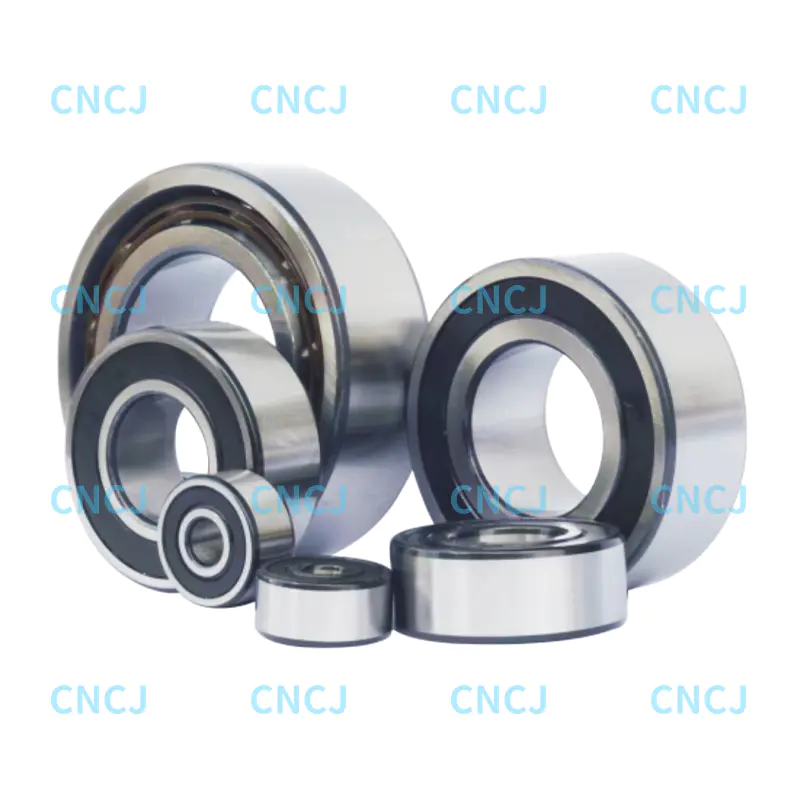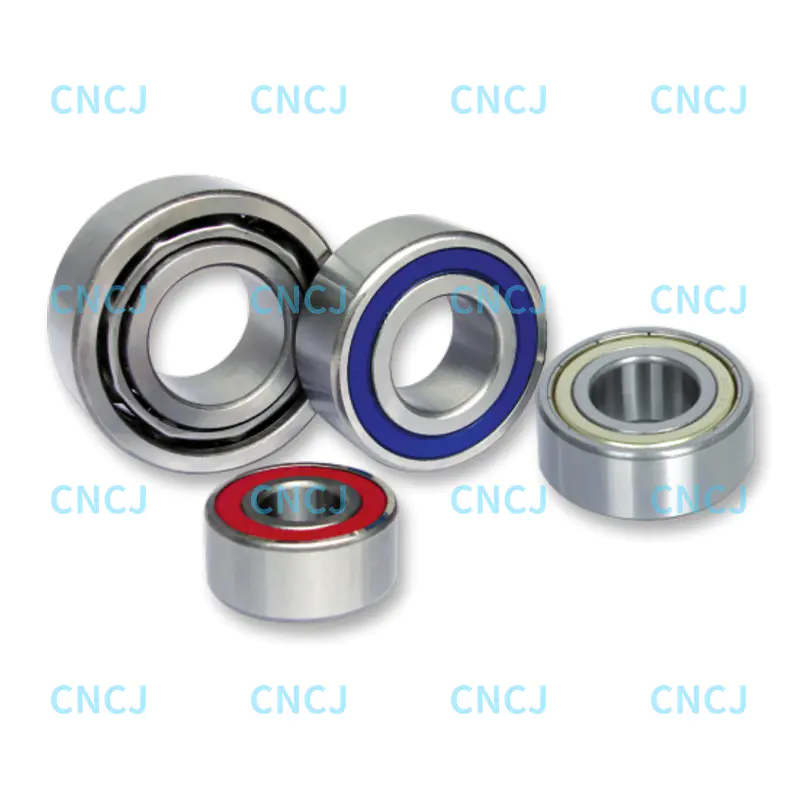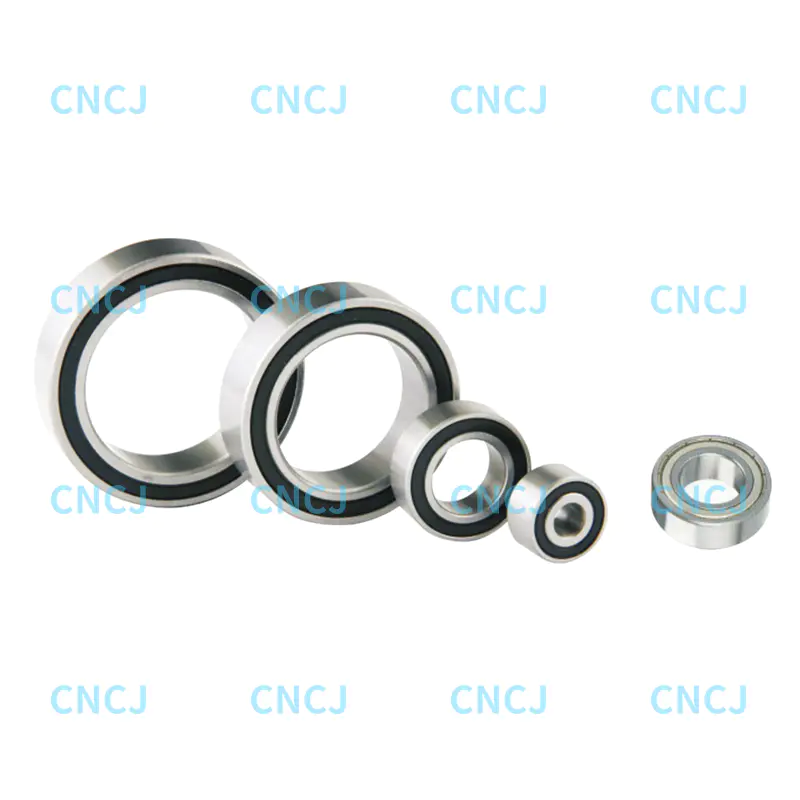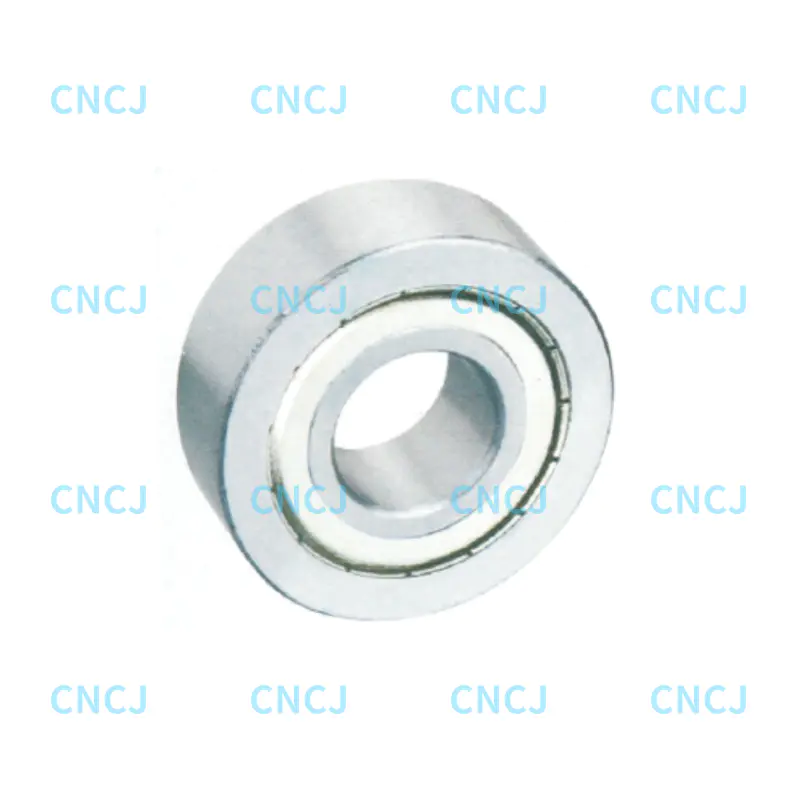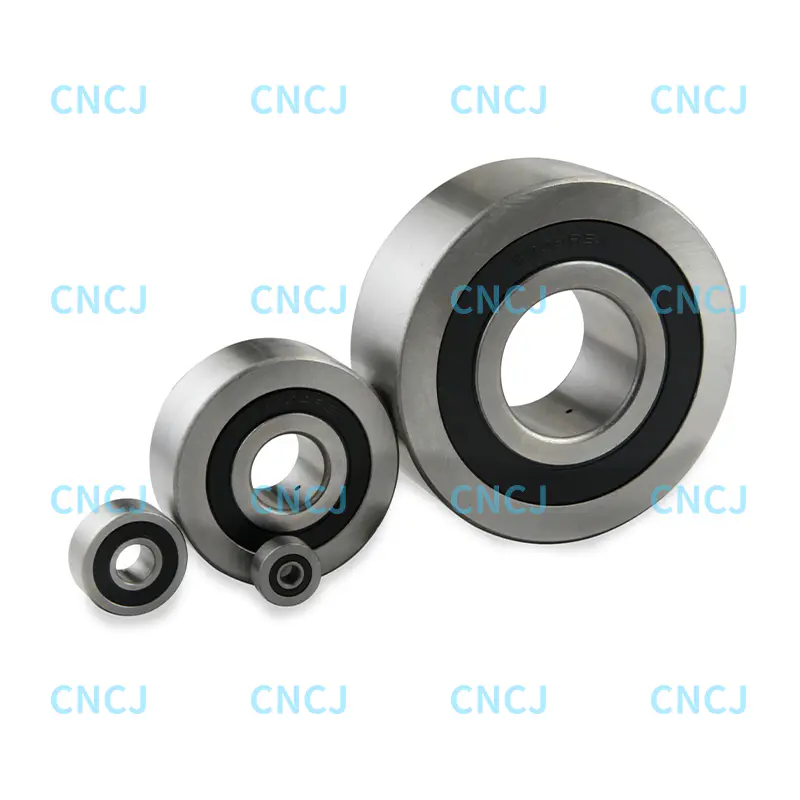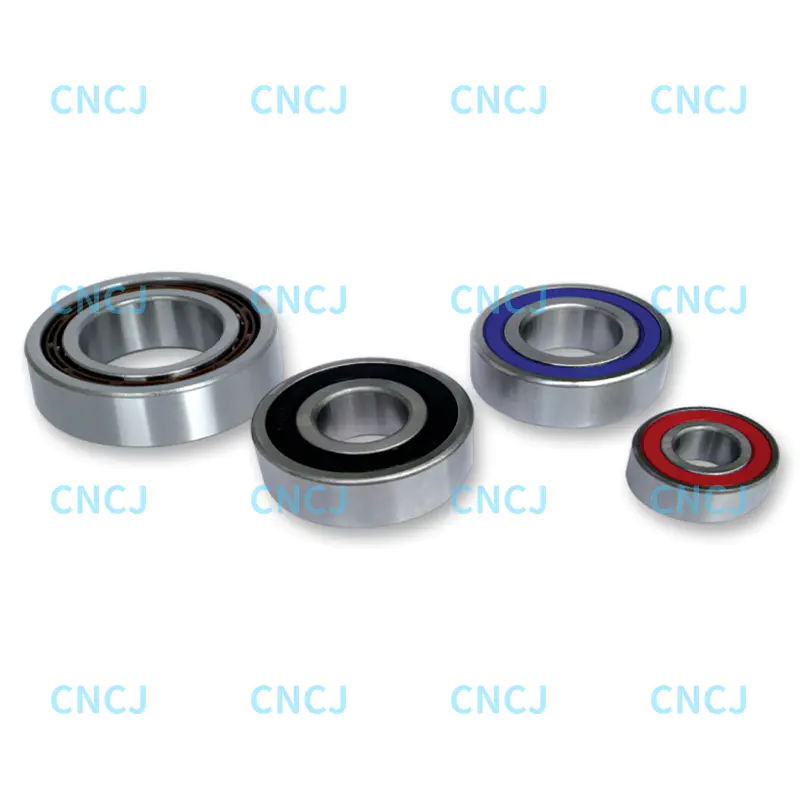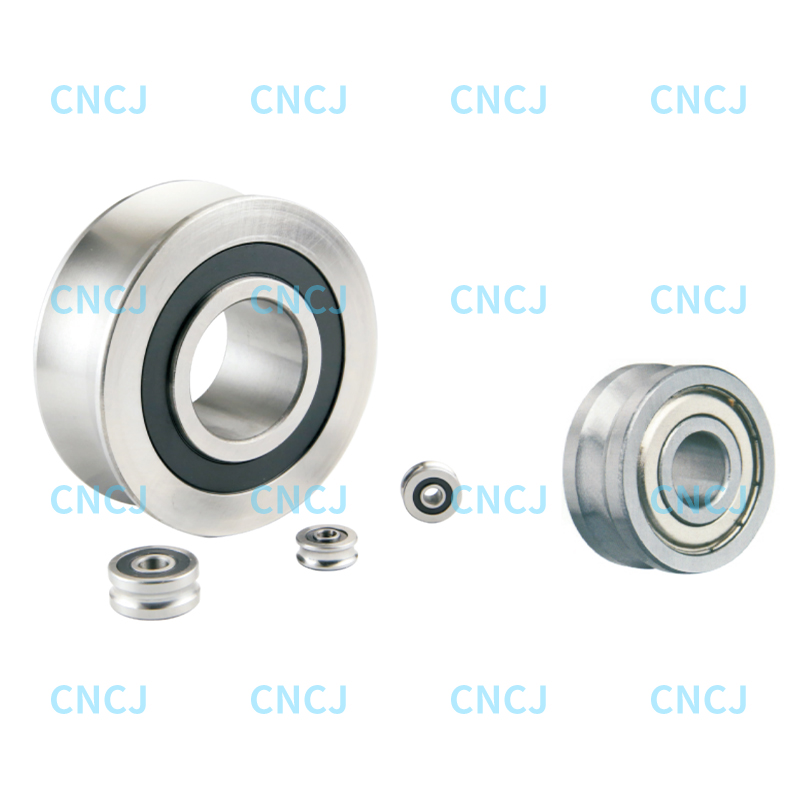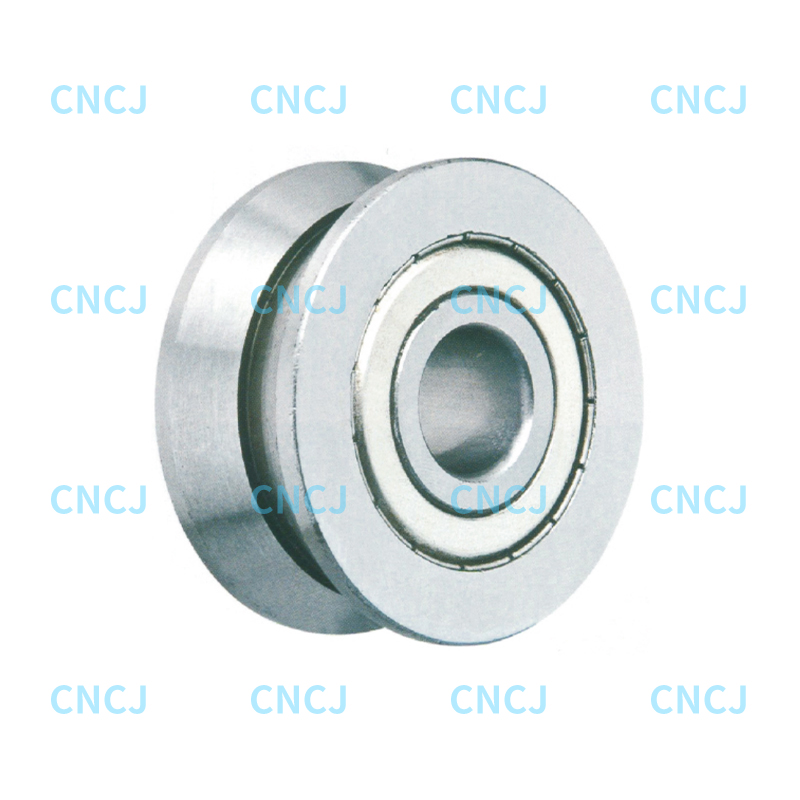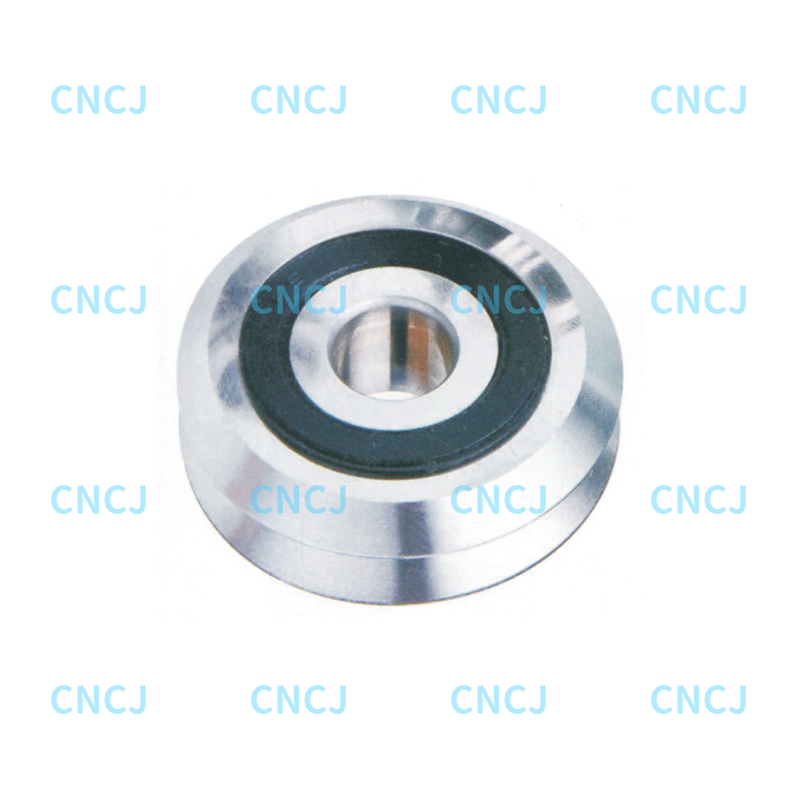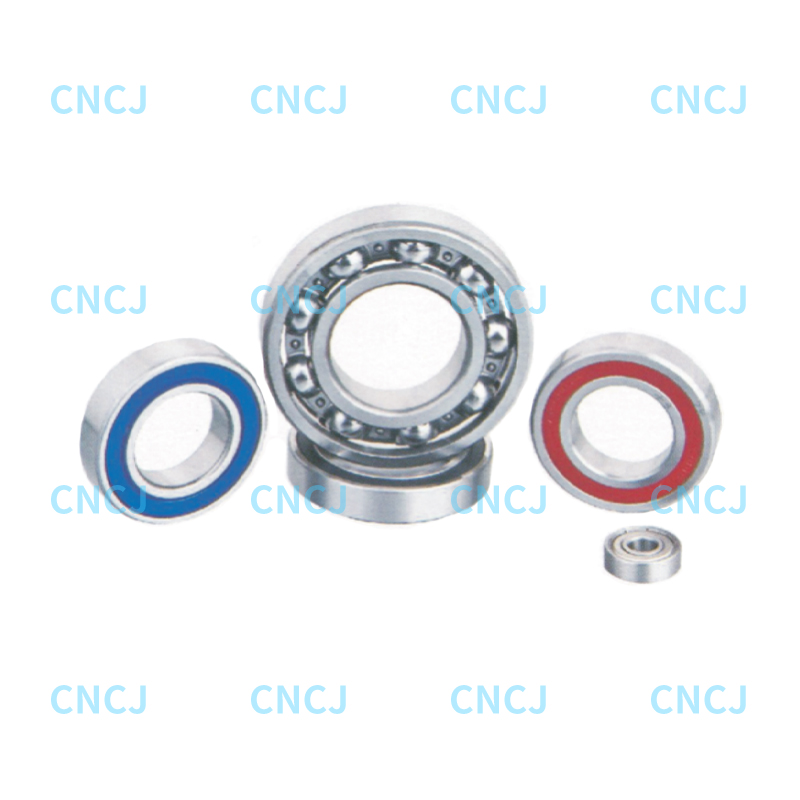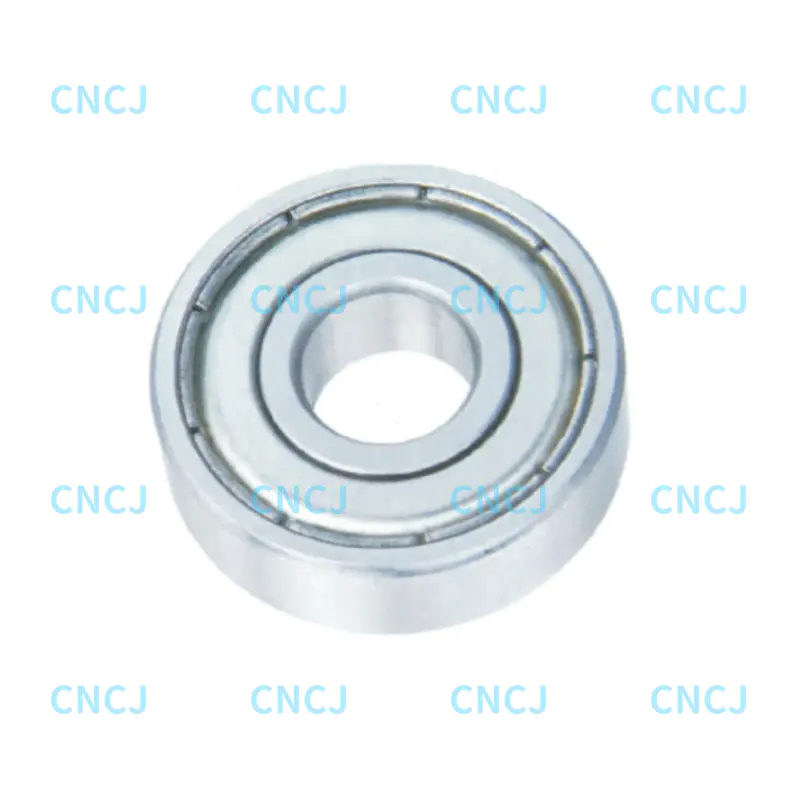1. Structural features of Gothic Arch Groove Rollers
The design of Gothic Arch Groove Rollers is inspired by the vaults of Gothic buildings. Its groove profile is composed of multiple continuous curves, rather than the single slope or arc of traditional rollers. This structure has the following characteristics:
Double symmetrical curve: The groove walls on both sides have a gradual transition to reduce stress concentration.
Optimized contact surface: The contact with the guide rail or transmission belt is more uniform to avoid local high pressure.
Self-centering: It can automatically adjust its position under dynamic load to reduce eccentric wear.
2. Advantages of stress distribution: Scientific comparison
Stress defects of traditional rollers
V-type rollers: stress is concentrated at the sharp corners of the groove bottom, which is prone to fatigue cracks.
U-type rollers: wide contact surface but uneven pressure distribution, easy to wear on the edges.
Through finite element analysis (FEA) simulation, the stress distribution of Gothic arch groove rollers presents the following advantages:
Stress dispersion effect: the curve profile transfers the load evenly to the entire contact surface, reducing the peak stress by more than 30%.
Reduced micro-motion wear: no sudden stress points during rolling, extending service life.
Impact resistance: can absorb vibration energy under dynamic load, reducing noise and structural damage risks.
3. Structural features of Gothic Arch Groove Rollers
Bionic geometric design
Double symmetrical curved groove: The groove wall adopts a continuous gradient curve (similar to the church arch), rather than the traditional V-shaped or U-shaped straight line/single arc structure.
Progressive contact surface: The contact area with the guide rail or transmission belt has a smooth transition to avoid sudden stress changes.
Materials and processes
Usually high-strength alloy steel or surface hardening treatment (such as nitriding, tungsten carbide coating) is used to improve wear resistance.
Precision machining ensures that the groove profile error is ≤0.05mm to ensure smooth operation.
Core advantages compared to traditional rollers
|
Comparison dimensions
|
Gothic arched groove roller
|
Traditional V-shaped/U-shaped roller
|
|
Stress distribution
|
Load is evenly distributed, peak stress is reduced by 30%+
|
Stress is concentrated at the bottom or edge of the groove, prone to fatigue cracking
|
|
Service life
|
2-3 times that of traditional rollers (actually measured over 10,000 hours under heavy load conditions)
|
Frequent replacement, high maintenance cost
|
|
Friction coefficient
|
Rolling resistance is reduced by 15%-20%, significant energy saving
|
Sliding friction accounts for a high proportion, high energy consumption
|
|
Self-centering
|
Automatically compensate for installation deviation and reduce the risk of deviation
|
Frequent adjustment is required, and track damage due to eccentric wear is likely to occur
|
|
Noise control
|
Vibration and noise are reduced by more than 50% (<60dB)
|
Metal collision sound is obvious, affecting the working environment
|
|
Applicable load
|
Dynamic load bearing capacity is increased by 40%, strong impact resistance
|
Easy to deform or crack under heavy load
|
4. Track Rollers With Gothic Arch Groove FAQ
- What industrial scenarios are suitable for?
Heavy machinery: mining conveyors, steel mill rollers, port hoisting equipment.
High-precision equipment: CNC machine tool guide rails, semiconductor manipulators, automated production lines.
Rail transportation: subway/rail bogies, track guide wheels.
- How to choose a suitable Gothic arch groove roller?
The following parameters need to be considered:
Material: alloy steel (heavy load), stainless steel (corrosion resistance), ceramic coating (high wear resistance).
Groove angle: Commonly 90° and 120°, select according to the matching of the guide rail.
Load capacity: static/dynamic loads must meet equipment requirements (such as 10 tons or 50 tons).
- What should be paid attention to during installation?
Alignment: Make sure that the roller is parallel to the guide rail to avoid eccentric wear.
Lubrication requirements: High-performance grease (such as lithium-based grease) must be applied for the first use.
Preload adjustment: Too tight will increase friction, too loose will cause shaking.
- How to maintain it daily?
Cleaning cycle: Clean impurities in the groove every 500 hours in dusty environment.
Lubrication cycle: Regrease every 3 months under normal working conditions, shorten to 1 month in high temperature/high humidity environment.
Wear inspection: Measure the groove depth with a caliper, and replace it if the wear exceeds 10% of the original size.
- Why does the roller noise become louder in some cases?
Possible reasons:
Insufficient lubrication leads to dry friction.
Metal debris or foreign matter accumulates in the groove.
Bearing damage (need to check whether it is accompanied by vibration).
- Can it be used in high temperature or corrosive environment?
High temperature type: Special alloy steel roller can withstand 400℃.
Anti-corrosion type: Surface chrome plating or spray PTFE coating, suitable for acid and alkali environment.

 English
English 中文简体
中文简体 Deutsch
Deutsch Español
Español